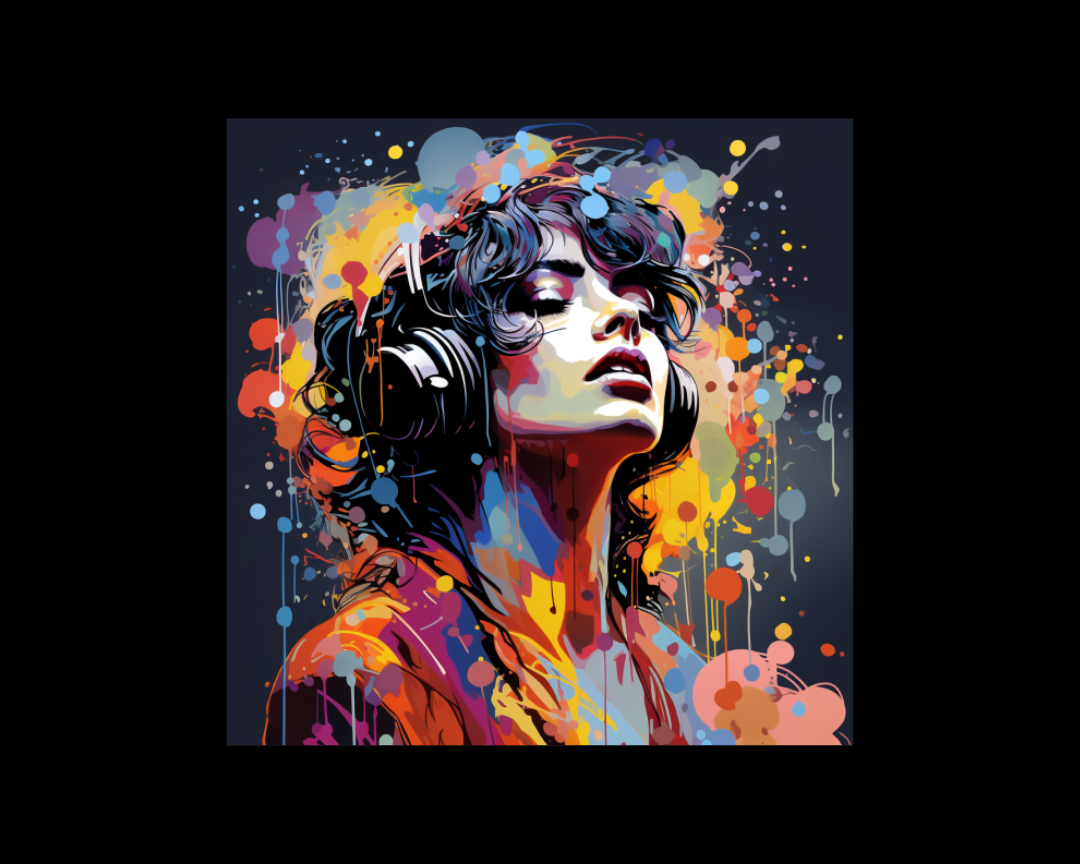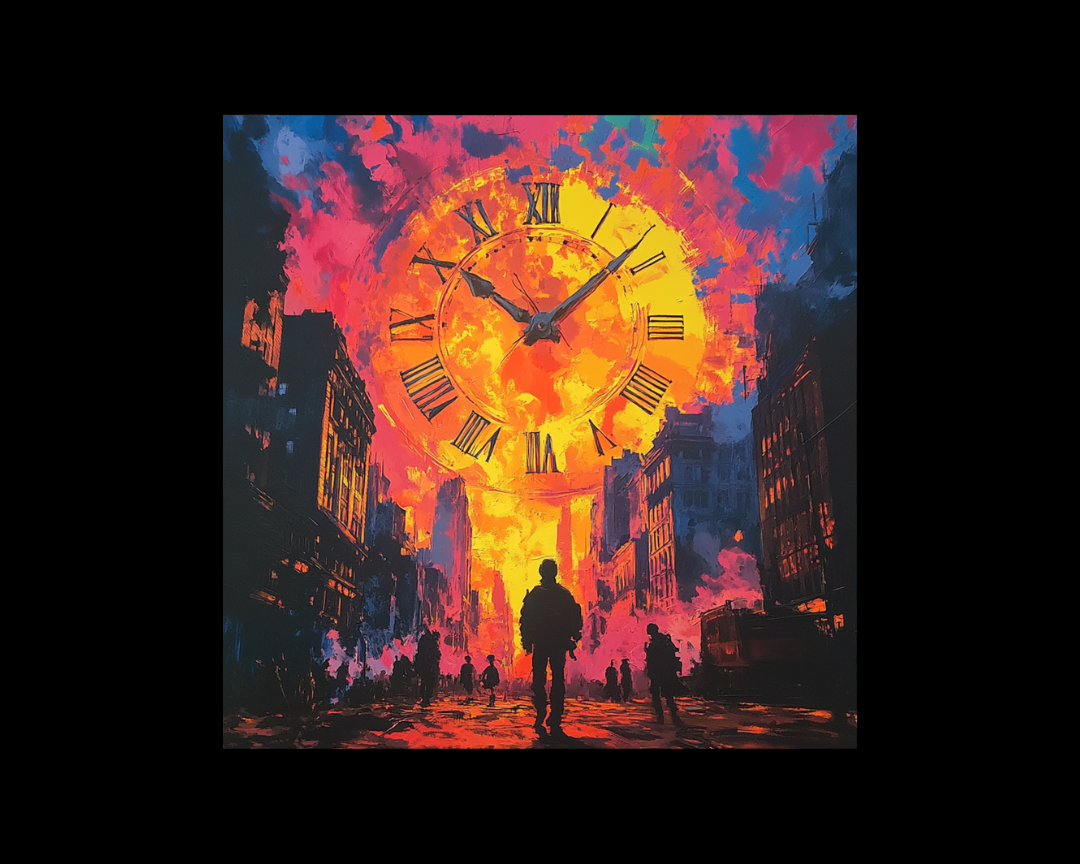4 min read
Every Song Has a Color
Every song has a color – and an emotion – attached to it. Researchers have explored the world of music-to-color associations for years. We know that...
4 min read
%20(1).png) Rae Fitzgerald
:
Apr 8, 2023 9:33:41 AM
Rae Fitzgerald
:
Apr 8, 2023 9:33:41 AM
%20(1)-1.png)
Certain concepts and sentiments elude linguistic capture. That’s why we have words like “ineffable,”’ “indescribable” and “inexpressible” — to explain why we can’t always describe beauty, spirituality or deep emotions. To convey these hard-to-explain themes, we often rely on other artforms, like music.
Want to be a more expressive writer? Study musical analysis. By applying the mechanisms behind essential musical elements to the creative writing process, you can create more immersive, expansive experiences for your readers.
It’s impossible to explain an emotion (just the emotion, not its effectual qualities) without abstraction. Skeptical? Try writing about sadness without likening it to something else, or describing its effects. You can use words to hint at sadness by describing how it makes you feel or what it reminds you of, but words can’t package and deliver the sadness itself.
Conversely, some musical pieces seem to manifest sadness in listeners. However, the music isn’t actually doing the heavy lifting; the listener is. “Musical expression” isn’t an accurate term because music can’t convey an essential, invariable emotion. Rather, it provides the catalyst for a meaningful experience, as listeners perceive music to be emotionally expressive. Although listeners arguably superimpose meaning onto a musical piece and not the other way around, composers do play a role in guiding listeners to particular feelings and conclusions.
Many musical elements allude to universal concepts and understandings of our natural world, yet still require subjective interpretation. As a result, listeners can have emotional experiences that are both quintessentially human and deeply personal, both at the same time. Writers are also capable of creating this illusory effect.
All musical elements communicate something, however small or expansive. To express anything, lyricless music must rely on elements untethered to linguistic parameters. And prelinguistic expression is, by definition, primal.
Dynamics, the variation of loudness between musical notes or phrases, gives a composition depth. If every note in a musical piece were executed at the same loudness, the song would progress more like a wall than a wave. The disparity in loudness between the softest notes and most cacophonous crescendos conveys meaning through emphasis. When expertly executed, a dynamic moment can inspire elation and triumph, defeat, despair — any low or high feeling the listener associates with the sound.
Although writers can’t literally turn up the volume during important passages, they can employ other methods to shape a dynamic text:
The volume level doesn’t matter; only its variance. To achieve dynamics in music or writing is to mirror a wave pattern that is central to human existence, our psychology and our expectations of daily and seasonal undulations.
Whereas melody is the linear progression of notes over a duration of time, harmony is the vertical presentation of layered notes. In other words, harmony is the sound of two or more notes heard simultaneously at any point during a musical piece. Applied to writing, melody is almost certainly the central plot, process or logical progression; harmony is the build out of every scene, step or point along the way.
Musical harmony is not always as harmonious as its name implies; it can add consonance or dissonance to a moment, create unity or discord. Regardless of which, harmony almost always adds complexity. In creative writing, complexity is what separates literature from fiction; it is a marker of quality. Here are some tips for building complexity:
Emotions are complex; a single musical note is unlikely to draw them out. By building complexity into your writing and then resolving it, you not only elucidate your subject, but also mirror the intricacies of the human emotional experience.
Ever wondered why you prefer upbeat music? Studies show that fast-paced songs elicit more positive emotional experiences than moderately fast songs or slow songs. There’s also evidence to suggest that a song’s tempo can change the listener’s heart rate, and that slower songs may actually have more therapeutic benefits.
Although writing is unlikely to get the blood pumping in a comparable fashion, it’s clear that rhythm can affect psychological state. It stands to reason that writers can also use rhythmic elements to engender feelings associated with timing and pace. Here are some examples of rhythmic choices and possible associations:
Humans perceive rhythm everyday, if only in the form of their own beating hearts. It’s a primal association that writers can utilize to induce deeply-ingrained psychological states and moods.
Psychologists and musical experts agree that there’s something special about the way music communicates emotion. But for all its emotional alchemy, music is not the superior communicator; any lyricless song would be hard pressed to say something as simple as “apples are sweet.” Music is similar to visual art in that it presents a sort of Rorschach test to the mind, and from it, a listener can infer more meaning than was intended by its composer. Music’s lack of thematic specificity allows each listener a subjective interpretation, whereas language is limited by its ability to describe itself.
Language is, of course, the superior mode of communication, but it has distinct shortcomings in eliciting feelings bigger than its self-imposed parameters. By adapting musical elements like dynamics, harmony and rhythm in their writing, creative and technical writers can create more expansive, compelling content.
Regardless of content type, copy needs to compel the reader. In the information age, holding the reader’s attention requires a unique approach. Need content that moves the reader to action? Hire a Writer has the perfect copywriter for your brand.

4 min read
Every song has a color – and an emotion – attached to it. Researchers have explored the world of music-to-color associations for years. We know that...

My favorite show in the whole wide world is the Great British Bake Off. Because I geek out over Bake Off, following the bakers is like 90% of my ...

Choosing the right narrative tense is one of the first—and most important—decisions a novelist makes. While present tense has grown in popularity,...